Get Inspired
Build the life you love. Learn more about fusioneering:

Posted on September 1, 2022 in Art History
Abstract art… you probably love it, hate it, or find it frustrating. It’s one of the most easily-recognizable and wide-spread art forms, and most of Paul Kirby and Dulcinea’s paintings are, themselves, works of abstraction. But… isn’t it just paint thrown on a canvas?
Abstract art can be intimidating and perplexing. It can also be powerful and transformative, both for the creator and the viewer. Some embrace the form, others dismiss it. Since you’re here, you’re probably wondering…
What exactly is the big deal with abstract art?
Abstraction is the distancing of an idea or image from objective points of reference. Abstract art seeks to eliminate literal representation and meaning in favor of open-ended, emotionally-charged, subjective depiction. Abstract art is also referred to as “nonrepresentational art.”
Interested in how one of Dulcinea’s abstract pieces gets made? Discover how “Kline” came to life.
Abstract art has existed since the dawn of humanity, with the earliest known drawing by human hands being a 73,000 year old abstract image on the wall of the Blombos Cave in South Africa.
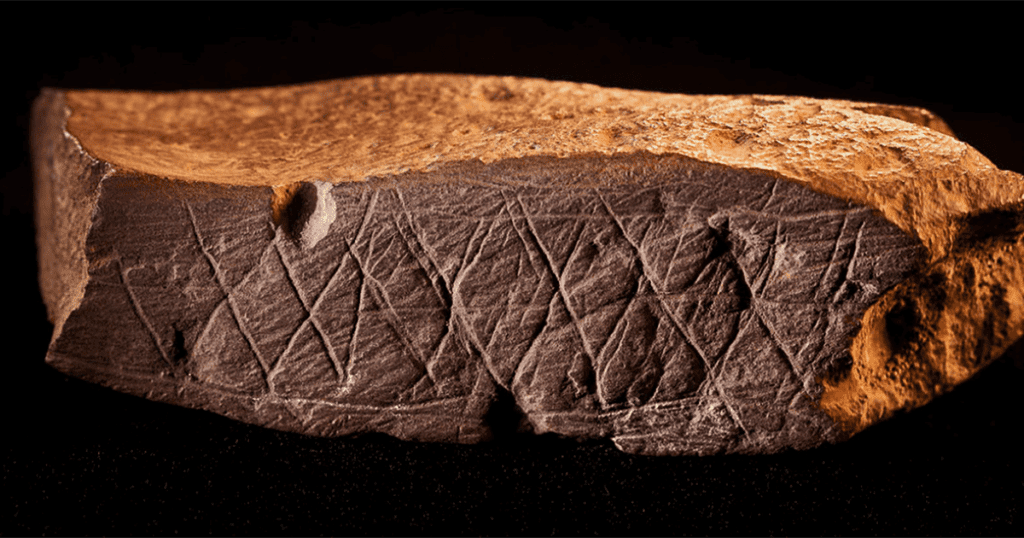
While abstract art is the earliest form of human art, Western society came to view this form of expression as crude or unrefined. The ruling class came to determine what styles of art should be practiced and appreciated. Even artists as talented and influential as Leonardo da Vinci were constrained by what the elite would fund, as well as by the artistic norms of the day.
As church, noble, and state patronage for the arts declined and society shifted away from aristocratic and monarchic leadership, artists were increasingly able and incentivized to paint the subjects and styles that interested them. With modernity came greater freedom for artists to explore, experiment, invent and create without limit or constraint.
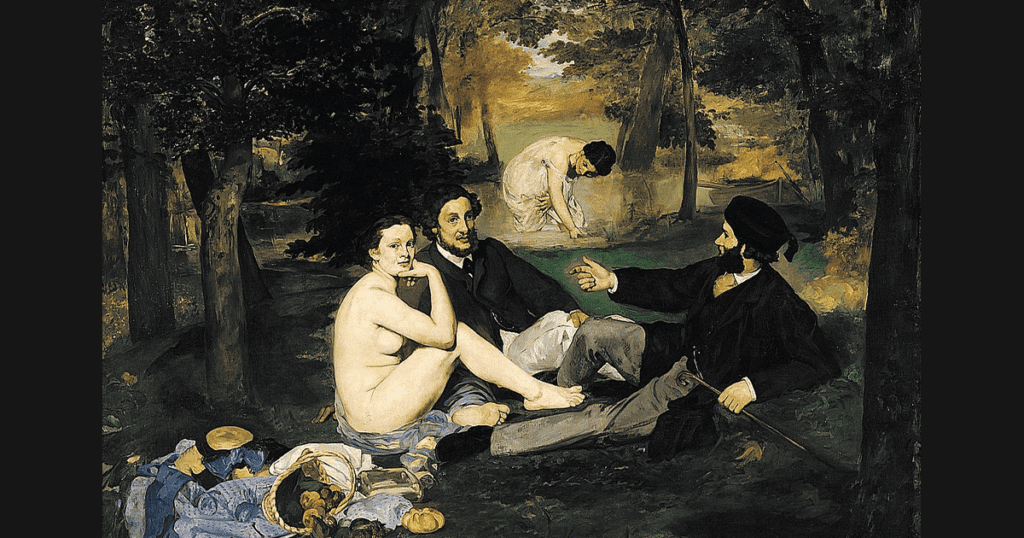
Édouard Manet’s 1863 painting, Le Déjeuner sur l’herbe, is considered the first work of “modern art,” as it stood in defiance of the norms and values of the Paris Salon art exhibition and the highly regarded and influential Académie des Beaux-Arts (the French Academy of Fine Arts). Manet’s painting was rejected from that year’s Salon, along with the vast majority – roughly two-thirds – of other artists’ submissions. Emperor Napoleon III set up an “Exhibition of Rejects” to showcase the refused works. These pieces were equally criticized and praised – both for subject matter and quality – but the popularity of the exhibition marked a turning point in the world of art: it was the artists, not the critics, who held the power to determine what was artistically important.
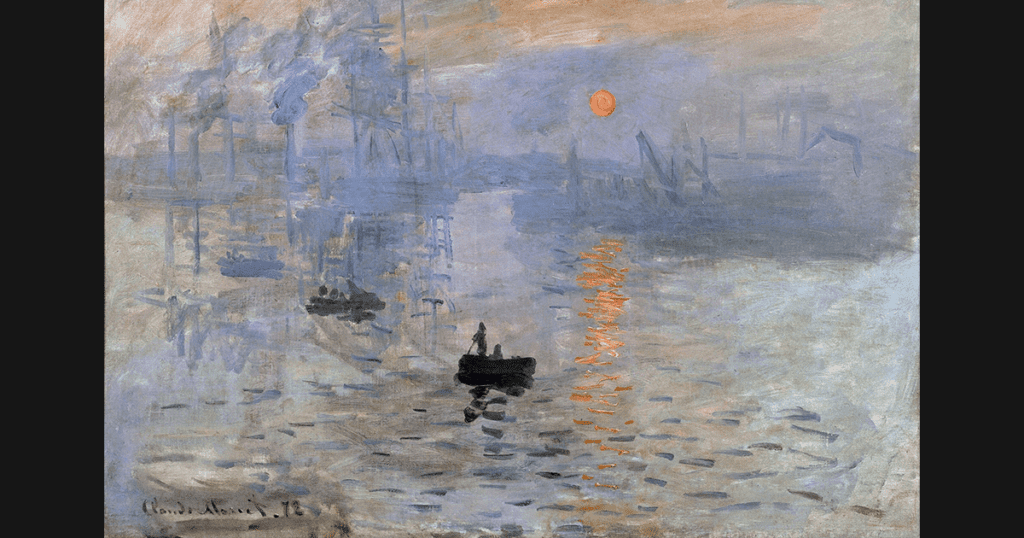
Claude Monet and his contemporaries started the school of Impressionism ten years later, with their primary goals being not realistic representations of objects, but rather striking explorations of how light interacts with the world and with our perceptions. This style, radical when compared to classical Renaissance painting, created a series of chain reactions that opened-up new styles and artistic possibilities. The advent of photography further encouraged painters to move away from a goal of trying to perfectly represent the natural world. Painting continually shifted as artists experimented with different means of imagistic and emotional representation. Impressionism led to Post-Impressionism and Cubism, and later, true abstraction.
As modern abstract art entered the scene in 1913, with paintings featuring absolutely no discernable “real” objects, formalized art entered a whole new realm of incredible possibilities.
Art was no longer confined to the realm of reality or defined meaning.
Art was free to be whatever it needed to be.
Because of abstract art’s inherent open-endedness, there exist a great myriad of abstract art styles. Here are but a few forms of abstract art you may encounter:
The first American art movement to achieve international influence and widespread critical appeal. While this style encompasses many sub-forms of abstract artistic expression, works in the style typically feature gestural brushstrokes or paint application to give the impression of spontaneity, movement, and life within the canvas.
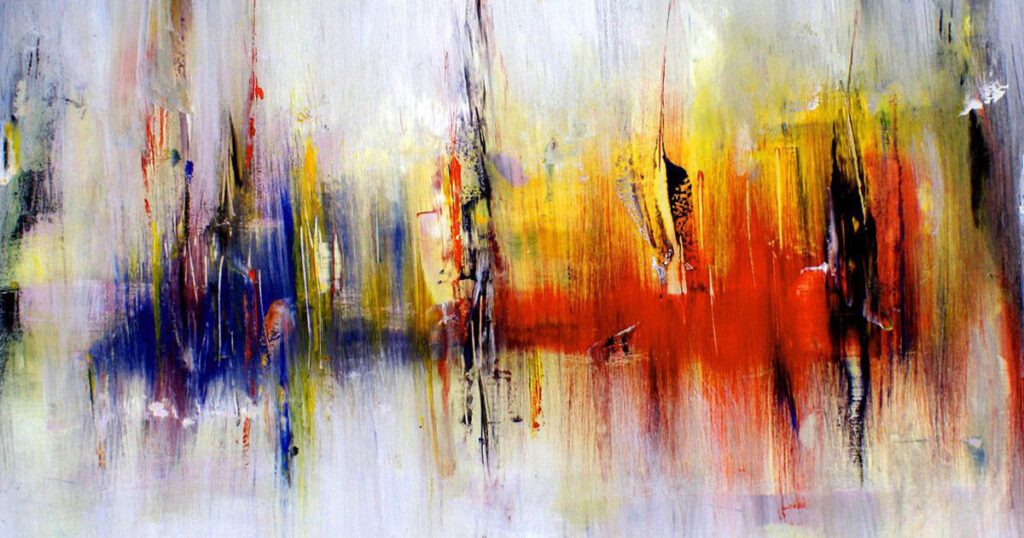
This form is also often referred to as “gestural abstraction,” and you probably are familiar with it by way of the works of Jackson Pollock. In this style, paint is spontaneously applied – splashed, sloshed, slashed, smeared, or dribbled – instead of strokes being planned and carefully executed. This method of painting highlights the physical act of painting itself as an integral part of the artwork.
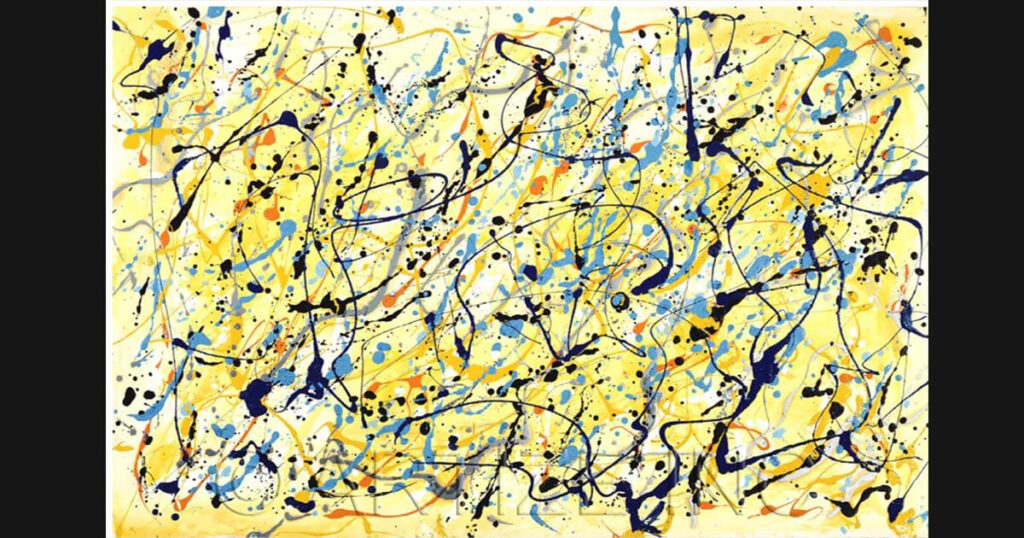
Related closely to Abstract Expressionism, and appearing around the same time, Color Field painting involves large fields of color spread as unbroken planes across a canvas. These fields of colors can be stripes, bars, or shapes, but the result is typically an expansive, landscape-like image.
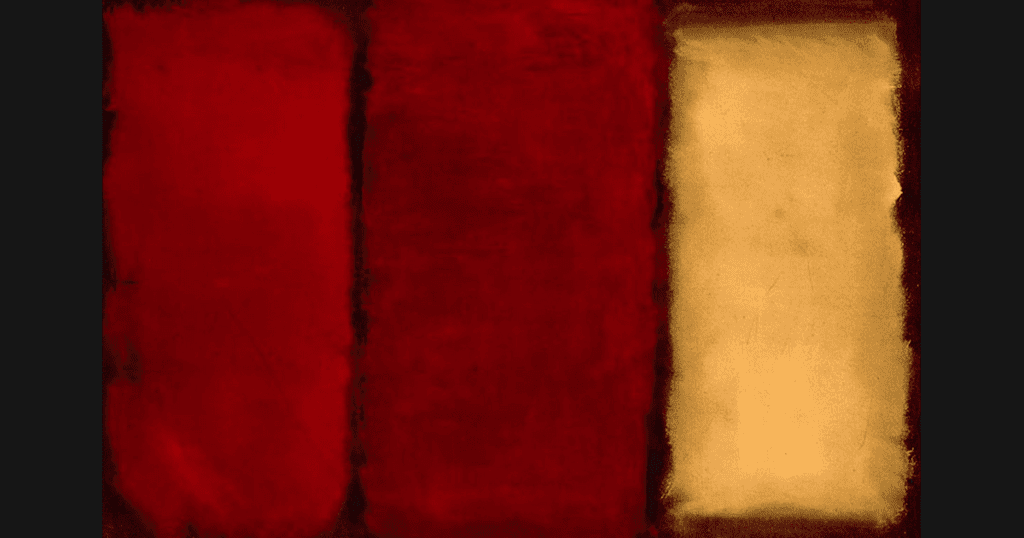
An art movement that often overlaps with abstract art, but is not always defined by the rules of abstraction. Coming out of the wake of the first World War, Dada rejected logic, reason, and traditional aesthetics, as it viewed those concepts as tools of the capitalist oppressors. Instead, Dada favored nonsense and irrationality as means of artistic protest against the bourgeois.
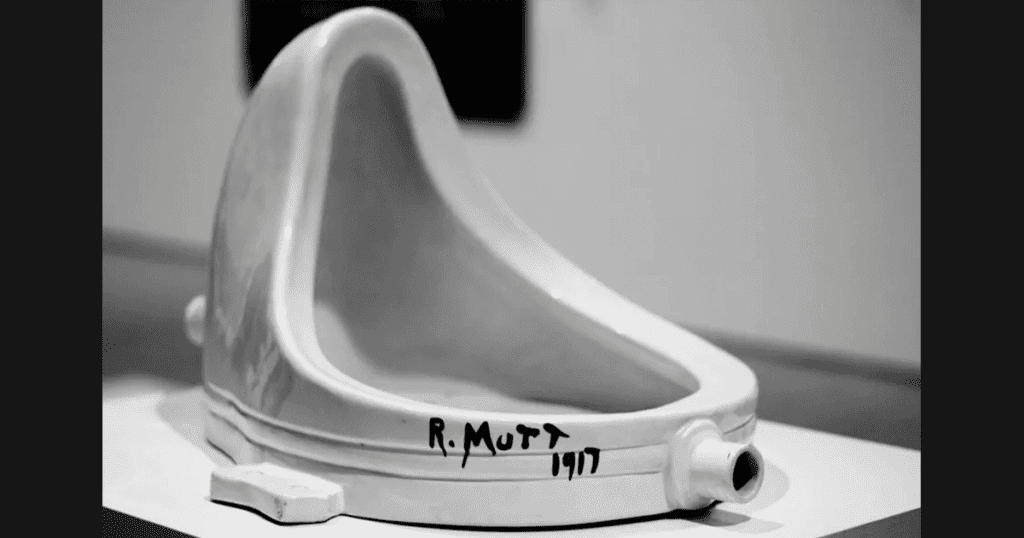
A form of abstract art where geometric shapes (and sometimes organic shapes) are placed on a non-representative, non-dimensional background. The shapes are combined and colored to create captivating, avante-garde designs.
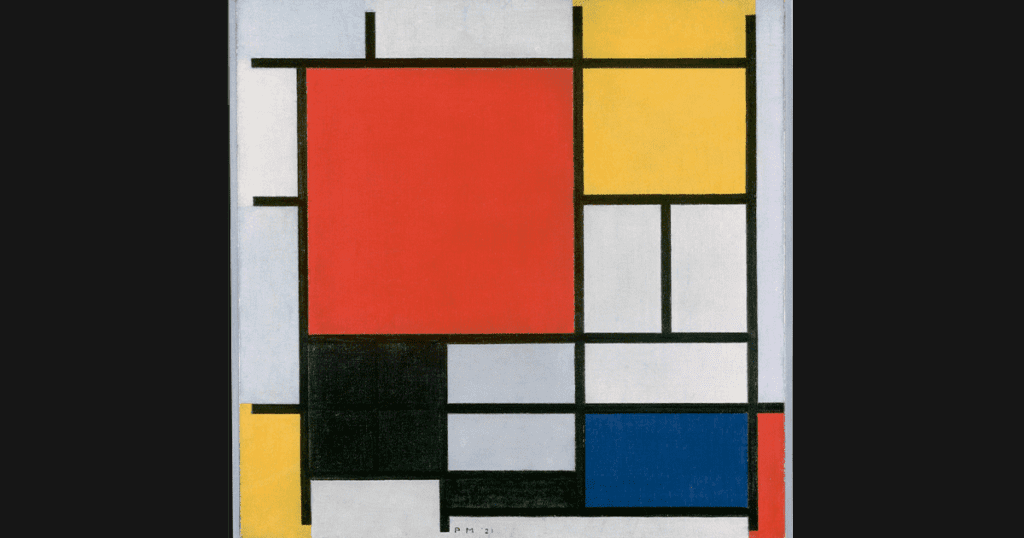
“The more abstract is form, the more clear and direct its appeal.” –Wassily Kandinsky
The greatest power of abstract art is its ability to stimulate our creative spirit and imagination – not just for the painter, but for the audience as well. How does a viewer approach and understand abstract art? As long as you have an open mind, abstract art is there for you to experience however you want. A piece of painted abstraction exists not to communicate a predetermined message, but rather for your eyes and mind freely to explore. For you to have your own feelings and reach your own conclusions. In this way, abstract art is a conversation between the canvas and your soul, with no “right” answers to speak of. When you stare at abstract art, you aren’t meant to come to a single or definite conclusion. You’re only meant to have an emotional response, without forcing the experience or having to understand “what it means.”
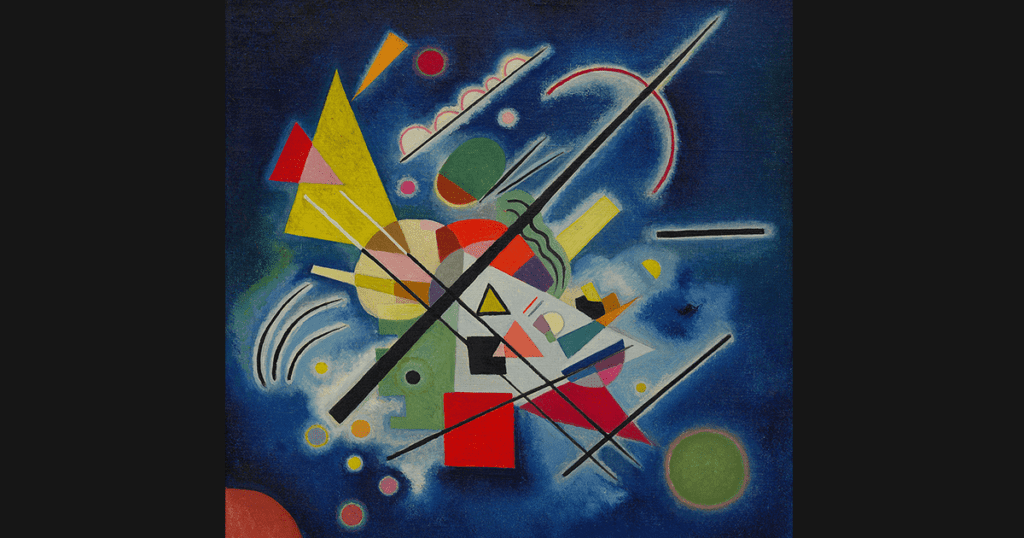
Literal meaning is sometimes a limitation. Are a human being’s thoughts entirely literal? Their feelings? If the human experience is too grand to be constrained to a simple set of ideas or thoughts… shouldn’t our works of human expression be as free and unfettered?
Ready to take a new look at abstract art? Why not start with Dulcinea’s gallery of work?
Seeking more knowledge about the arts, science, or anything in between? Follow the Kirby Foundation on Instagram, Facebook, and LinkedIn. Can’t wait for Dulcinea to unveil her next piece? Join the mailing list to stay up-to-date with every new development!
Are you interested in hearing the complete story of Paul and Dulcinea? Watch the video (nominated for Best Short Film at the 2021 Vail and Portland Film Festivals) for more info.
Want to be the first to know about every exciting new project at the Kirby Foundation?
Join Our Mailing ListBuild the life you love. Learn more about fusioneering:
Why pick which passion you should follow? Fusioneering allows you to cultivate many interests into something innovative and revolutionary.
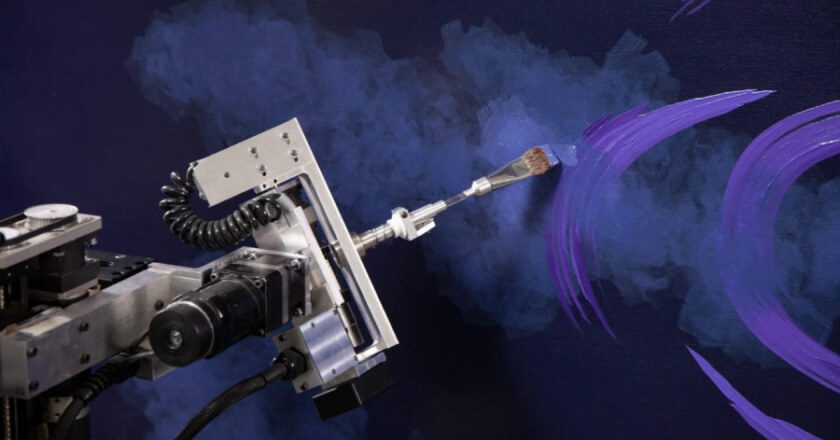
Meet Paul and explore how blending your interests can empower you to follow your enthusiasm and bring your passions to life.